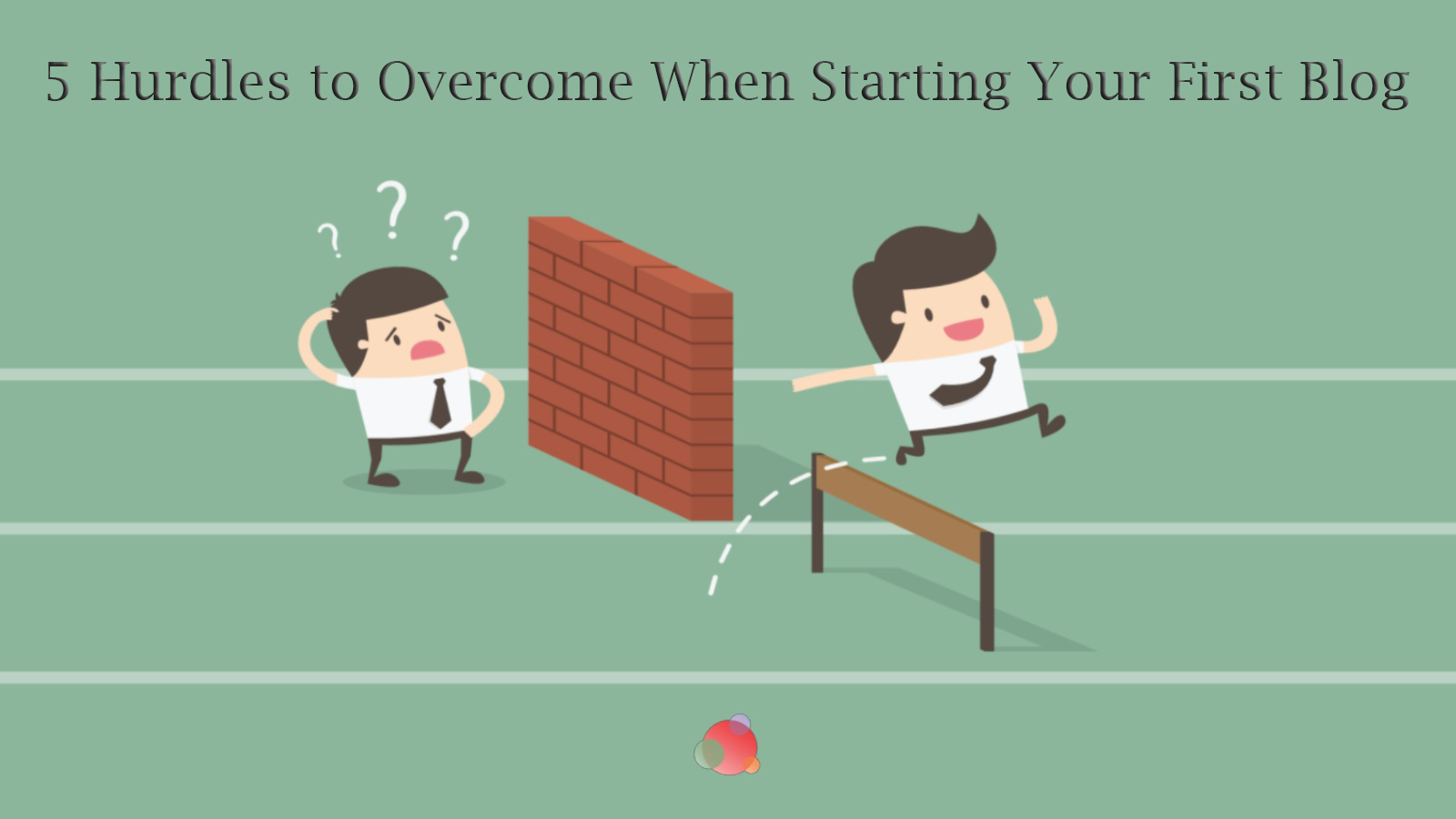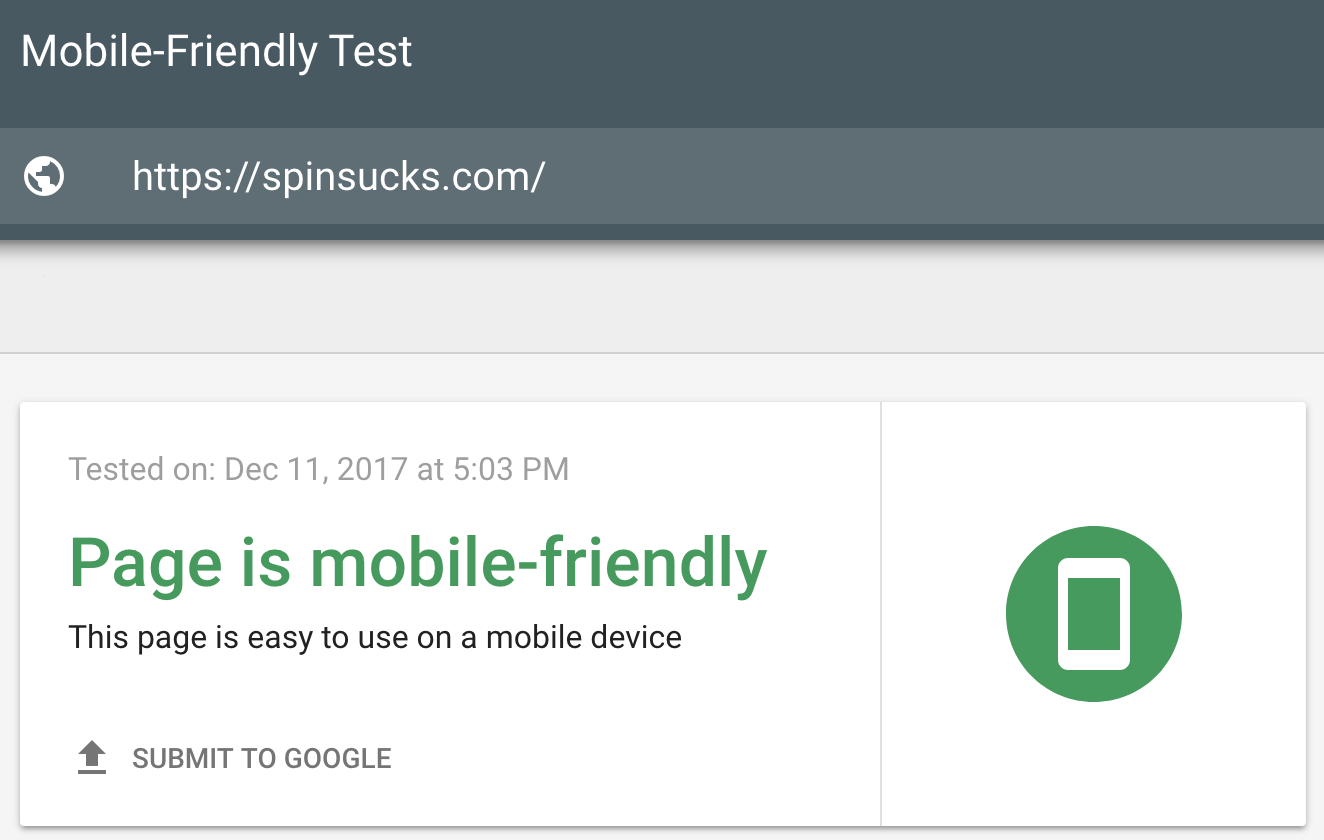 “The easiest place to get started” beams the WordPress call-to-action above a big white button boldly offering you to “get started.”
“The easiest place to get started” beams the WordPress call-to-action above a big white button boldly offering you to “get started.”
And in fairness to the hosting giants, it is an easy process.
You can have your own blog online within minutes, free of charge.
But it’s never as straightforward as it sometimes seems.
Even though your domain may be ready to go, there are blogging hurdles you have to overcome.
Blogging Hurdles with Browsers
Let’s face it, if you are a new blogger you will constantly check your blog after its inception.
But have you checked to make sure your blog is compatible with all browsers?
If your website format does not work well with a particular browser, you risk losing significant exposure to a larger audience.
Mobile usage has already surpassed desktop, so it is imperative to ensure your blog is mobile-friendly and accessible from any device.
To check mobile friendliness for your website, use a tool such as Google Mobile-Friendly.
Blogging Hurdles with Performance
There are many tools you can use to aid the progression of your blog.
Use free apps to analyze things such as traffic, backlinks, domain authority, and brand alerts to improve site performance.
Google Analytics is a popular and informative resource for tracking website performance.
However, as an experienced blogger, I suggest you explore tools which provide insight into user behavior and how they interact with your site.
Here are a few to check out:
- Pingdom is a premium service providing an intricate platform to monitor how long visitors spend on your pages. This enables you to identify sections of your site which perform poorly so you can improve their popularity.
- Crazy Egg is an A/B testing tool that creates a heatmap of your website illustrating how people engage with your blog.
- Ahrefs is an advanced SEO tool enabling you to check, track, and build quality backlinks, improve organic traffic, analyze competitors, and more.
Blogging Hurdles with Amplification
When starting a blog, you need to develop an amplification plan, which will help you launch to a wider audience.
First, explore avenues that can help the promotion of your new site.
Social media channels are a very effective place to start.
You can advertise to a group of like-minded individuals who will share your posts with broader audiences.
Use your existing social media sites to increase your reach at launch time.
However, it is unlikely that social media on its own will work wonders.
You will need to explore other avenues, such as guest blogging, influencer marketing, and email outreach to help increase your reach.
There is no better time to begin your outreach then when you are launching your website.
Fresh sites carry extra appeal by preaching to the target audience’s curiosity.
Take a look at influential people who may be able to help to put your new blog squarely on the map.
If your blog focuses on a niche market, then invite coverage from media outlets focusing on your industry.
You can use email outreach or even craft a news release encouraging information about your website to be published where relevant.
Contact key influencers in your field and ask them to take a look at your new website.
Everyone knows an endorsement from a key influencer on social media is gold in the blogosphere.
Blogging Hurdles with On-page SEO
Getting your URL right is one of the biggest and most neglected facets of a blog launch.
Find the most effective keywords to use in your blog title using a keyword planner such as Google AdWords.
For example, if you blog about food and dedicate a page to tofu, be sure to optimize your URL to read: ‘www.myrecipewebsite.com/tofu’.
This makes your page easy to find while keeping it informative.
You need to know which keywords to target, and what to include in the page title and meta-description.
A little research goes a long way here.
Research keywords that are relevant to your target audience yet have a low difficulty score, and incorporate them into your blog accordingly.
Use semantic keywords instead of repeating your targeted keyword again and again.
A recipe website should incorporate words such as ‘cookbook,’ ‘vegan-friendly,’ ‘budget meals,’ and ‘simple recipes’ to bring in the right readership.
Blogging Hurdles with Social Media
Your social media presence is an excellent outreach tool for vast audiences.
Twitter is excellent for supplementary micro-blogging.
Facebook enables you to interact intimately with your audience and has better options for creating relevant events or evergreen content that reaches out to your readers.
On the other hand, Instagram is great for blogs that carry a strong visual element to their posts.
You may also be able to reach out to your audience using SoundCloud to produce supplementary audio or podcasts on your projects or posts.
The best way to build a dedicated following is to maximize engagement!
Of course, social media is much more powerful than just being a tool to interact with your existing readership.
If someone shares your tweet or post, it is immediately placed in front of a brand new audience.
This is why you must post your publications on your social media profiles, as well as any positive posts that can assist in building your brand’s reputation online.
Remember, your blog is great! So share it with the world.
